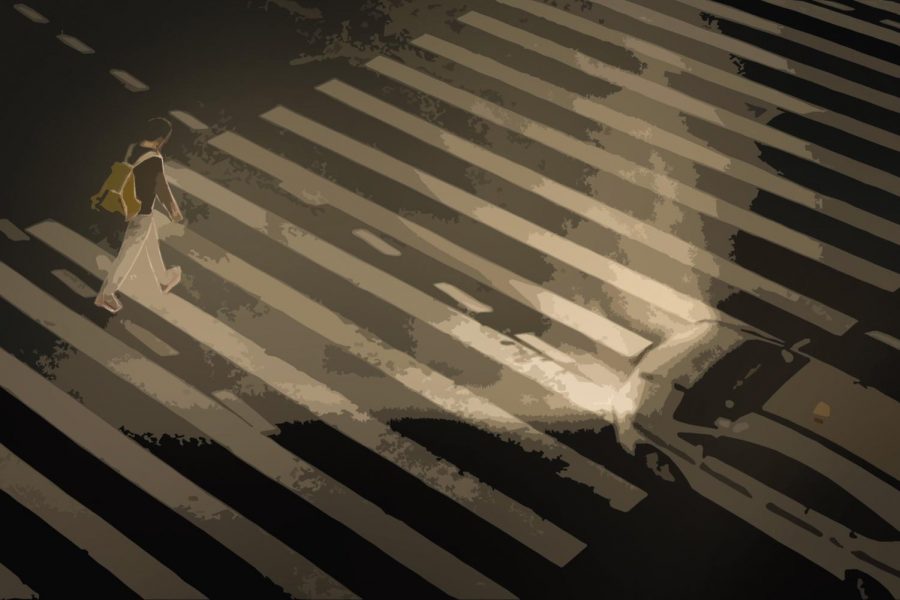Include information about SURE Walk on syllabi
September 26, 2021
Content Warning: Contains mention of assault.
The goal of a syllabus should not solely be to provide students with an outline of the semester. It should also be seen as an opportunity to make students aware of the resources at their disposal.
Many professors neglect to include information about one of the most important aspects relating to a student’s life: on-campus safety. One of these safety resources is SURE Walk, a UT initiative focusing on keeping students safe on campus. Their main services include walking or driving students from campus to their residence at night.
What better way to help students stay safe coming in and out of classrooms than to remind them of the resources they pay for? Professors must consider including information about SURE Walk on their syllabi.
Government junior Bryan Su expressed interest in professors displaying such information.
“I think so; I think it’s good to put it on there. Most kids don’t know about it,” Su said. “I think (adding SURE Walk information to syllabi would be) easy. I think it should be encouraged; (professors) should definitely consider it.”
This is a necessary and feasible solution. Each semester, students must familiarize themselves with syllabi. If information involving the program is on syllabi, students will organically become familiar with it.
Donnie Johnson Sackey, assistant rhetoric and writing professor, explained why the program should be promoted by professors.
“In many different pedagogical circles, people have talked about the syllabus becoming something different than what it was originally intended to be,” Sackey said. “I don’t think we should necessarily assume that students know what all services are available on campus. I think this idea of having a statement regarding SURE Walk available on the syllabus is something that is designed to help students.”
It’s encouraging to know professors feel strongly about this issue too. While many professors interact with students during the day, it’s easy to forget that many students take in-person classes at night. At his previous university, Sackey taught night classes exclusively and knows firsthand what a simple mention in a syllabus can potentially mean for student safety.
“I would definitely include (SURE Walk details in my syllabus) if I were teaching a night class. At my previous institution, I had a student taking another night class, in another department, and she was assaulted by someone who wasn’t supposed to be on campus,” Sackey said. “Any time we can take any types of steps to reduce interpersonal violence on campus, I think we should take that opportunity.”
An informed campus is a safer one. If professors take the simple steps to copy SURE Walk’s contact information and present it on their syllabi, students will become more knowledgeable about tools that help them lead safer lives on campus.
Although Sackey has not previously included SURE Walk specifics on his syllabi, he is willing to take this next step in keeping students informed.
“This is the first time that I’ve heard about (SURE Walk),” Sackey said. “As far as I’m concerned, I’m not sure what the harm would be. It seems like something that can easily be copied and pasted onto the syllabus; it’s not difficult.”
Although SUREWalk focuses on helping students outside of the classroom, awareness of the program shouldn’t start there. Professors informing students of on-campus safety resources such as SURE Walk can make a considerable difference in a student’s life inside and outside of the classroom.
Lazenby is an economics junior from Chicago, Illinois.



